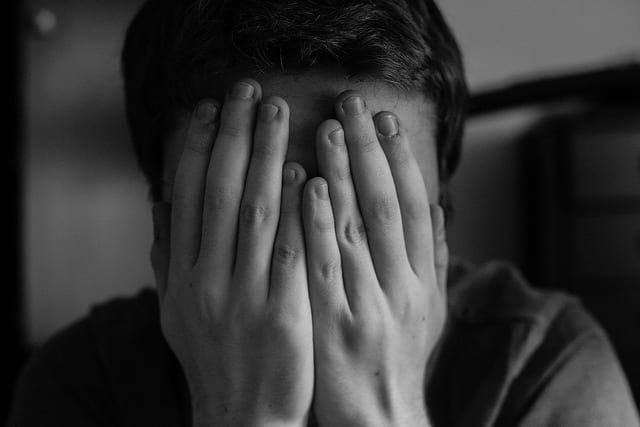We’re focusing on budget and finance tips for our New Year’s goals this year, specifically as they relate to how much money you’re spending on “stuff” as a symptom of our country’s addictive consumerism. But what if your budget is just fine, however you’re not happy? Could there still be a budgeting and finance element you could change that would help improve your overall satisfaction with life? The answer is absolutely yes. In fact, your unhappiness can likely be directly linked to money even if you’re in fantastic financial shape. After all, we probably don’t need to point out all of the wealthy people that we know of who are far less happy than some of their less-wealthy counterparts. As we’ve pointed out before, in some cases, “Mo Money Means Mo Problems.” Today, we’ll take a look at how it may be that what you’re spending on rather than how much you’re spending is leaving you feeling unfulfilled. And we’ll give you some tips on how to change that paradigm.
Addictive Consumerism and Its Mental Health Impact
We devote no shortage of page space at Postconsumers to talking about the mental health impact of addictive consumerism. From links to depression to false hopes of therapeutic value, contemporary society teaches us that we can fill our emotional holes by filling them with things. Of course, that promise is untrue. But much like an eating addiction (or any other addiction) which operates on a similar principle, once we begin experiencing the temporary highs that can come from the very real release of endorphins when we shop, we crave more and more of it. Ironically, as we displace more and more of our emotional and mental needs into a world of “stuff,” we create even bigger emotional gaps in our lives. No matter how much “stuff” you have you may not be able to find happiness. It really is true, money can’t buy happiness. So while your budget may look just fine at the end of the month, you may have work to do regarding what you’re spending the money on and why that may be making you feel unfulfilled.
Break it Down: How Much “Stuff” Did You Buy?
Earlier in this series of articles, we started you off with a spreadsheet and budget activity to assess how much of your monthly budget is spent on “stuff.” We’re going to refer you back to it right now! It’s possible that you skipped over this article because you don’t personally have a monthly budget issue. But we still want you to follow through with completing these steps. Why? Because once you have your list of how much money you spent on “stuff” and what the “stuff” was, we want you to take one additional step.
Go ahead! Go and complete your project on assessing how much you spent on “stuff” and what the “stuff” was and then meet us back here. We’ll still be here!
All done? Great. Now we have one more step for you to take. We want you to take the list of “stuff” that you bought each month and make a note next to it about your mood when you bought it if you can remember. Were you sad? Lonely? Empty? Happy and having a good time? Then we want you to really study those notes. Was buying “stuff” making you happy or taking away from you being happy? Or was it masking your unhappiness by making you temporarily feel a high?
So What Can You Do Differently?
What you may be seeing as you review this list is that it’s not how much you’re spending that’s leading to a certain level of unhappiness, it’s what you’re spending it on. But changing that isn’t as simple as just saying, “Ok, I’m going to spend less money on ‘stuff’ and be happier!” If it were that easy, we wouldn’t have an archive of hundreds of articles giving you advice on how to take the journey to the satisfaction of enough. It will be a process where you simultaneously work on awareness and consciousness about what you’re doing, find ways to find true fulfillment and gradually change your habits. But becoming aware of how you’re spending your money and how that may be enabling your unhappiness is the important first step that you need to take.
In the meantime, however, we’ve brainstormed some creative ways that you can spend your money that may help you fill some of the mental and emotional holes you might be suffering from. We want to stress that just changing how you spend your money won’t change your happiness level. But this list may help you take a slightly different perspective on things.
- Make donations to charitable efforts
- Get involved in org and help build entrepreneurship
- Invest in self-improvement, think workout classes, art classes, meditation and more
- Spend your money traveling everywhere
- Randomly pay for the person behind you in line at a food or beverage establishment
- Host parties and social events at your home
- Purchase supplies for local schools and teachers
It’s a small list, but it’s a start. And as we said, it won’t just be about changing how you spend your money. It will also be about changing your perspective. But, truthfully, sometimes starting by looking at where the money is going is the most effective way to get started!
Follow along with our January 2017 resolution of learning to control our budgets by spending less money on “stuff” and letting go of addictive consumerism on the social media channels below.
Facebook | Twitter | Instagram | Tumblr | Pinterest | Google+ | Medium
Photo Credit: ryan melaugh via Flickr





